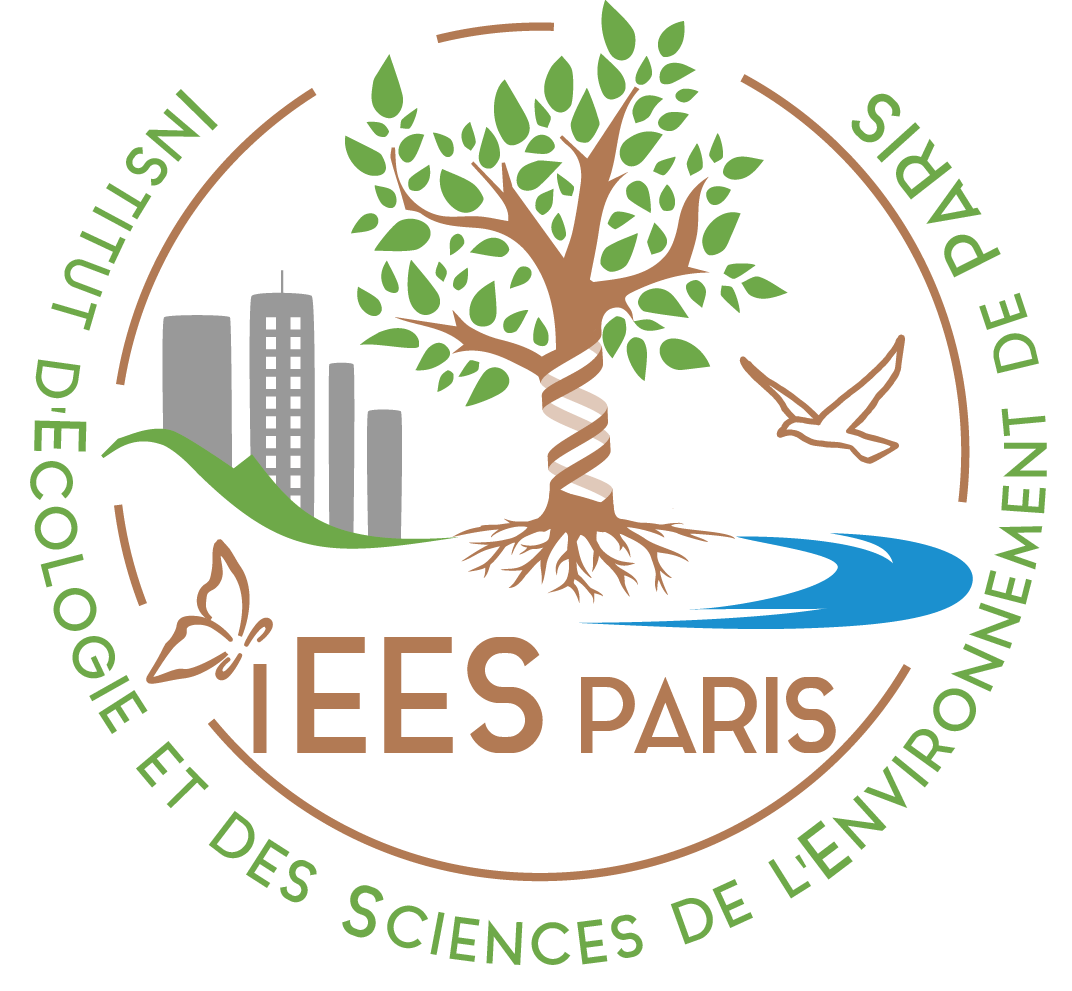Building the information system of the French Critical Zone Observatories network: Theia/OZCAR-IS
The French Critical Zone research infrastructure, OZCAR-RI, gathers 20 long-term observatories monitoring and sampling various compartments of the critical zone. Each observatory developed its own data management and distribution systems. The paper presents the common information system Theia/OZCAR IS that was built to make in situ observation FAIR (findable, accessible, interoperable, reusable). Within M-TROPICS, Norbert Silvera from iEES Paris participated to the paper that was just published in the Hydrological Sciences Journal.

















